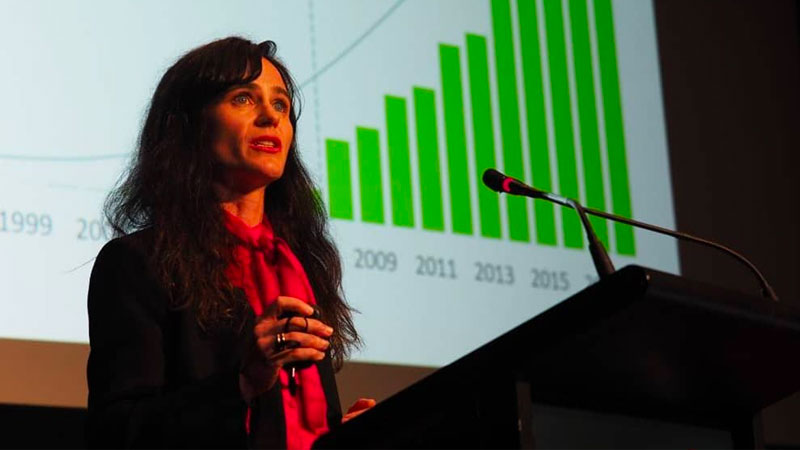Cbus Eyes $1bn Infrastructure Target
In the face of a weakening economic outlook, construction industry super fund Cbus is actively targeting an additional $1 billion in infrastructure projects in Australia.
After the mining boom and then the housing boom, the nation's economic hopes now seemed to be pinned on its biggest-ever infrastructure boom with the government saying it would, where possible, fast track projects from its 10-year, $100 billion infrastructure program.
Yet while investment in infrastructure has been occurring at record levels, with $123 billion of construction work commenced since 2015, the challenge facing policymakers is to maintain and bolster current levels of spending.
Speaking at the Master Builders National Summit in Canberra, Cbus infrastructure chief Diana Callebaut said the super fund developer would be targeting an additional $1 billion in infrastructure projects in Australia, despite the challenging conditions.

“The current environment is difficult to navigate as there are no historical periods that are similar — it’s a black swan event,” Callebaut said.
“Against this backdrop, we are putting to our investment committee a proposal to increase the infrastructure asset class allocation to 13 per cent — which equates to approximately investing an additional $1 billion in infrastructure in Australia and overseas.”
Record low interest rates around the world has fuelled investor appetite for the asset class. Since 2008, global infrastructure capital has grown from $175 billion to $760 billion, according to Callebaut.
In Australia alone, profit-to-member funds have allocations of 10 to 15 per cent compared to a global average of 5 per cent.
“Based on our forecasts, the change to a higher infrastructure allocation has the potential to increase member returns by $350 million over 10 years.”
“While not a panacea for the current environment, infrastructure will play an important role in ensuring our members returns’ are more resilient.”
Callebaut outlined plans to lift the fund’s infrastructure exposure target from 11 per cent to 13 per cent, while at the same time expressing concern about a lack of large prospective projects and problems with the traditional public-private partnership model, specifically — scale, costs, scalability of opportunity and risk allocation.
Cbus is well placed to effectively deploy the increased capital in the competitive market having doubled in size to $50 billion over the past five years benefiting from a stagnation of funds being provided by bank-owned funds.
The super fund manager currently has about 15 per cent of total assets in house, including infrastructure, but that number is expected to double by 2023 according to Callebaut.
Over the last 10 years, the fund has delivered returns on average of 9.39 per cent.
















